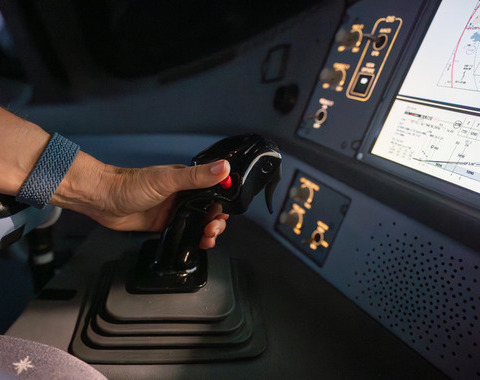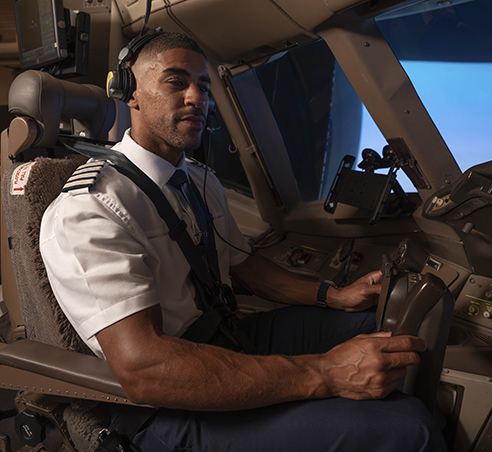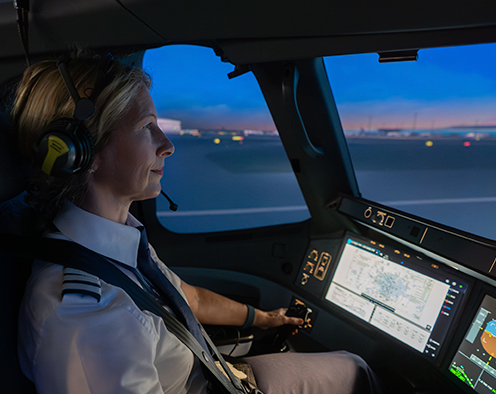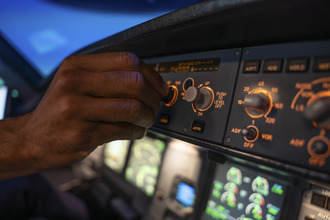Future Pilots
We take great pride in our past. However, we’re always looking ahead too. That’s why we’re recruiting the very best future flying talent through our Pilot Pathway schemes.
Whether you're just leaving school, or considering a second career you never thought possible, British Airways is putting ambitious pilots from all walks of life on the journey from Cadet to Captain.
It won't be easy getting there. Earning your wings involves challenges and requires persistence. However, if you have the commitment then we’re ready to help your career soar.

Speedbird Pilot Academy
Each year, our Speedbird Pilot Academy Cadet programme provides fully-funded flight training for a select number of candidates.
By removing the initial training cost barrier, we’re levelling the playing field and making a flying career more accessible to a much wider range of people.
Integrated flight training courses are full-time and take 18-24 months to complete. If you are successful in flight training, you will join us as a British Airways Pilot.
The application window has now closed. Please register for job alerts to be notified when applications reopen next year.
In the meantime, learn more by reading our Preparation materials to prepare for your application.
Speedbird Self-Sponsored Pathway: Post Instrument Rating
We also offer opportunities for qualified pilots who have completed their training through a modular or integrated course at any Approved Training Organisation (ATO) they have chosen to train with.
If you meet our entry criteria, you’ll be invited for an assessment at the British Airways Head Office, which will include a computerised test designed to see how you work under pressure.
If successful, you'll then attend an interview and group exercise before being placed into the hold pool, where a conditional offer may be made. Successful candidates will join as a First Officer on board our A320 short-haul fleet at Gatwick or Heathrow.


Speedbird Self-Sponsored Pathway: With ATO
This is our recruitment programme for trainee pilots studying at one of four Approved Training Organisations: Skyborne, L3Harris, Leading Edge Aviation and FTEJerez. This is self-funded by the trainee.
Trainees who meet our eligibility requirements are identified as potential candidates for a career with British Airways and will receive conditional job offers before they start training at the ATO, or before they graduate. Students can apply before starting training. To qualify for the programme, you must go on to complete your Air Transport Pilot Licence (ATPL) exams, achieving an average score of 85 percent with no more than three resists, and a first series pass at your CPL & MEIR.
On successful completion of your training, you’ll join as a First Officer on board our A320 short-haul fleet at Gatwick or Heathrow.
A passport to success
What do you need to kick off a career in the skies with British Airways? Tennis sensation Emma Raducanu joins one of our Training Standards Captains in the cockpit to find out.

